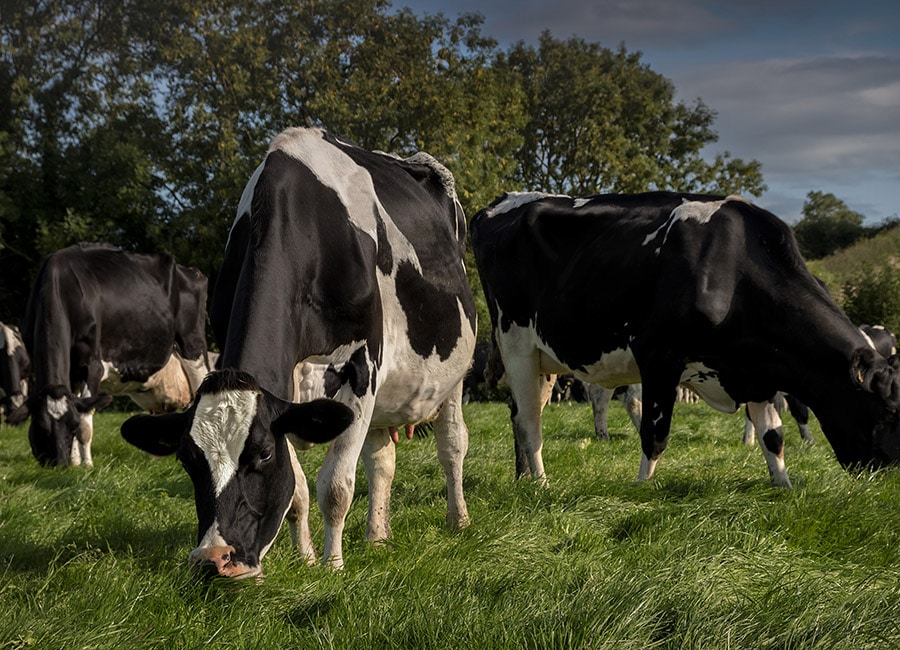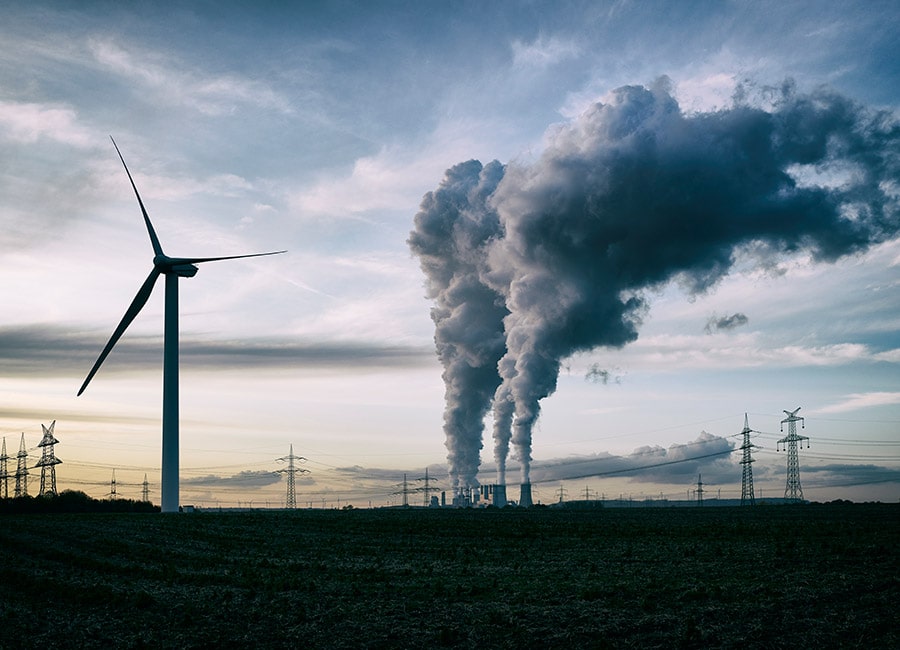The urgent implementation of all climate plans and policies as well as new measures will be needed for Ireland to meet its 51% carbon emissions reduction target and put the country back on track to becoming carbon neutral, the Environmental Protection Agency (EPA) has warned.
Greenhouse gas emissions are estimated to have increased 6% last year, according to EPA forecasts, while despite carbon budgets set by the Oireachtas requiring annual reductions of 4.8% per year up to 2035 and 9.3% up to 2030.
In Ireland's Greenhouse Gas Emissions 2021-2040 report, published on Wednesday, the EPA said the gap between agreed carbon budgets and projected emissions for the period of 2021 to 2035 will need to be addressed "very quickly" if the state is to stay on budget.
The agency further cautioned that expected annual emissions reductions in the energy industry of 10% per year to 2030 would be partially negated by rising use of coal and growing energy demand, driven by the proliferation of data centres.
As it stands, emissions in the agriculture sector are on course to increased 1.9% by 2030, and the EPA called on the industry to see out how it can achieve methane emissions of 30% in order to hits target of reducing overall emissions by 22% against 2018 levels amid "uncertainty" over its ability to deliver on targets.
Elsewhere, the lifting of Covid restriction is projected to result in an 18-19% increase in emissions from transport between 2020 and 2022, although emissions in the sector are currently on course to be 39% below 2018 levels by 2030.
If additional measures outlined by the EPA are implemented, it is forecast that renewable transport will achieve a 31.7% share of road vehicles, with 940,000 electric vehicles on the road by 2030, in addition to increased biofuel blend rates and more measures to support sustainable transport.
EPA director general Laura Burke said: "The data shows that a step up in both the implementation of actions already set out in plans and policies and the identification of new measures is needed.

"All sectors have work to do, in particular the agriculture sector. As the largest contributor of national emissions, more clarity is needed on how and when it will implement actions to reduce methane within the ever-shortening timeframe to 2030."
Agriculture currently accounts for 43.4% of emissions while transport makes up 19.7% of emissions. While emissions are forecast to increase in agriculture, the energy (-38%), residential (-27%), commercial and public services (-30%) are predicted to make significant reductions by 2030 with existing measures.
Reacting to the report, Stephen Prendiville, head of sustainability at EY Ireland, said the report highlighted two important issues, "primarily that there are far too many assumptions underpinning the projections that ought to be founded on more robust and up to date data.
"That even the headline figures simply assume that methane will be reduced by 30% is a significant point of concern. We cannot hope for the right outcomes if we are not armed with better data.
"The frequency of publication of these projection reports and the modelling underpinning them, must be done as frequently as possible," he added.
"Having these updates at least annually is positive, but the urgency with which implementation is necessary, and the potential for more and more radical and deep transformation to be called for – demands that the work on these projections becomes more of a live exercise.
"The EPA’s efforts in this regard should be commended and I hope we see more resources dedicated to supporting this increase in frequency of reports."
(Pic: Getty Images)











